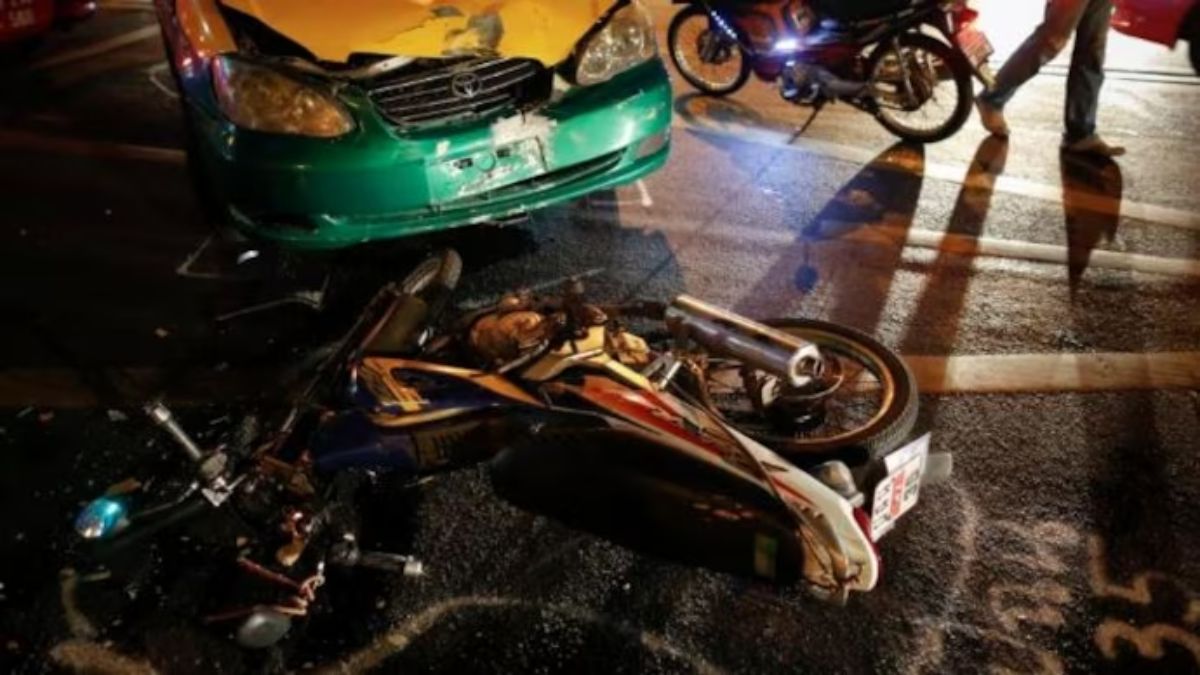- By JE Auto Desk
- Wed, 17 Jan 2024 02:30 PM (IST)
- Source:JND
In a recent report, it has come to light that India is grappling with a considerable GDP loss of 3.14% due to road accidents. Mr. Rajeev Kapur, President of the Two Wheeler Helmet Manufacturers Association and Managing Director of Steelbird Helmets, suggests immediate implementation of outlined crucial recommendations to reduce loss in GDP and enhance road safety nationwide. Mr. Kapur's first proposal involves a reduction in the Goods and Service Tax (GST) on helmets from the current 18% to 5%. This move is deemed essential, considering helmets as life-saving devices, with the aim of making them more economically accessible for the masses and thereby increasing overall compliance with helmet usage.
ALSO READ: Royal Enfield Shotgun 650 Launched In India; Five Key Things To Know
Acknowledging the bottleneck in helmet testing facilities, Mr. Kapur advocates for the authorization of institutions such as IITs, QCI, and NGOs to establish testing facilities for helmets. The current setup of testing laboratories for helmets in India is insufficient in meeting the requirements of the helmet industry. This strategic step is intended to streamline the testing process, ensuring that helmets adhere to necessary safety standards and are readily available in the market.
In a bid to leverage corporate support, Mr. Kapur recommends allocating 1% of Corporate Social Responsibility (CSR) funds for road safety initiatives. It is proposed that every Corporate should be directed to spend the funds to spread road safety awareness in schools, colleges, nearby villages and towns. Corporates can also undertake programs like installation of signage, rumble strips, speed breakers etc. along with various other essential resources and programs aimed at reducing road accidents and associated fatalities including distribution of helmets to the lower income group at subsidized cost.
Expressing concern over the limited enforcement of mandatory helmet usage rules, Mr. Kapur calls for a nationwide extension of this regulation. In 2005, Indian Government promulgated Section 138 (4) (f) of the Central Motor Vehicles Rule (CMVR). As per this rule, at the time of purchase of the two wheeler, the manufacturer of the two wheeler shall supply a protective headgear conforming to specifications prescribed by the Bureau of Indian Standards under the Bureau of Indian Standards Act. Therefore, the two wheeler manufacturer must supply minimum 2 BIS compliant helmets each for a driver and the pillion rider. This rule should be enforced across India in complete spirit. Currently applicable in only 8 states, a uniform implementation is seen as imperative to ensure consistent road safety practices across the country. It is important to note that the mandatory helmet usage rules are not followed in Tier II, III cities including the village area.
ALSO READ: Tata Punch EV Launched In India: Check Price, Range, Booking Details, Battery Capacity And More
These recommendations, if implemented, aim not only to address the immediate economic impact of road accidents on India's GDP but also to foster a safer road culture, aligning with India's commitment to halve road fatalities by 2030. The pressing nature of this issue necessitates prompt and comprehensive action, urging all stakeholders – government bodies, corporate entities, and the public – to collaborate in building a safer and more secure road environment for all.

